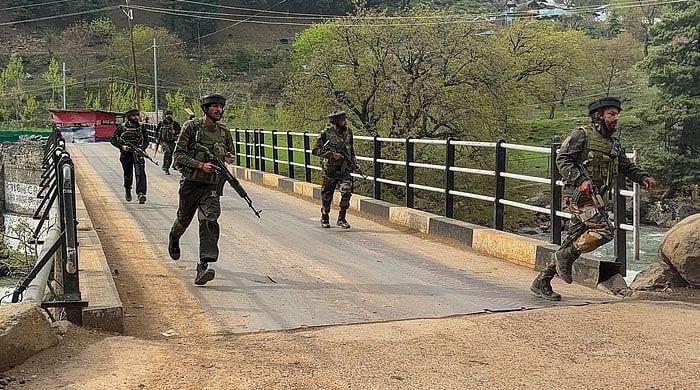More than 1,000 killed in Bangladesh violence since July, says health ministry chief
Violence during student-led protests intensified into an uprising against ousted PM Sheikh Hasina
August 29, 2024

DHAKA: Violence that erupted in Bangladesh during last month's anti-government protests killed more than 1,000 people, the interim health ministry chief said on Thursday, making it the bloodiest period in the country's history.
The violence erupted during a student-led movement against public sector job quotas, which later intensified into an uprising against Prime Minister Sheikh Hasina, who resigned and fled to India on August 5 moments before her residence was stormed by hundreds of protesters.
An interim government led by Nobel prize-winning economist Muhammad Yunus replaced Hasina's administration, quelling the violence that had flared for weeks before her departure, as security forces cracked down on protests, and continued for some days after she fled.
"Over 1,000 people have been killed and over 400 students have lost their eyesight," a statement from the health ministry said, quoting its chief Nurjahan Begum.
"Many have become blind in one eye, many have lost sight in both eyes... many people have leg injuries and many of them had to get their legs amputated," the statement said.
The ministry did not mention in its statement how it assessed the death toll, but a home ministry official, speaking on condition of anonymity, said he believed it was based on hospital records and information from local administration.











